Intro
Also called the White Russian Carriage Horse and Belorusskaya, the Byelorussian Harness Horse comes from Belarus and is a breed brought about by local needs.
Read more

Also called the White Russian Carriage Horse and Belorusskaya, the Byelorussian Harness Horse comes from Belarus and is a breed brought about by local needs.
Read more

Native to a climate that is incredibly harsh, (there are only about a 100 days a year above freezing temperatures in parts) the Buryat or Buryatskaya is a very tough little animal.
Read more
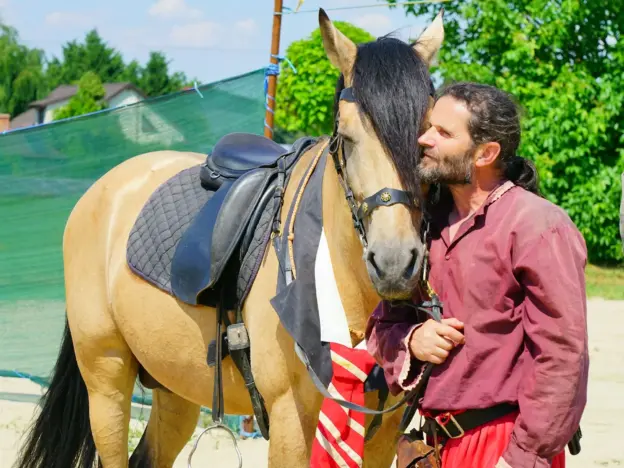

Along with the Hucul and the Konik ponies, the Bosnian Mountain Horse is one of the Balkan breeds and all three share the same ancestors.
Read more
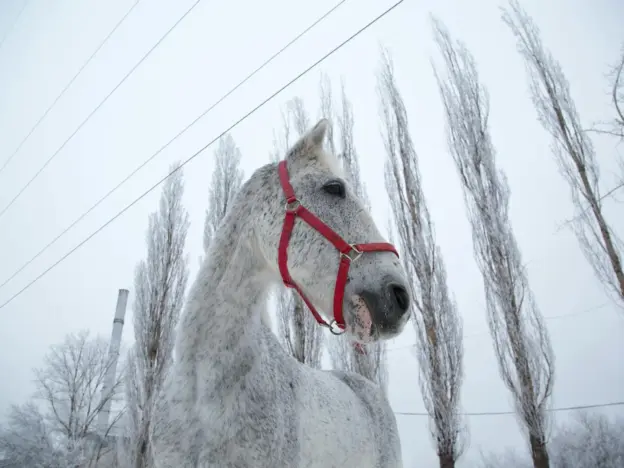
Native to the unforgiving climate in the steppe regions south of the Ural Mountains, the Bashkirskaya or Bashkir horse is by nature an incredibly tough animal. Enduring long cold winters and short hot summers.
Read more
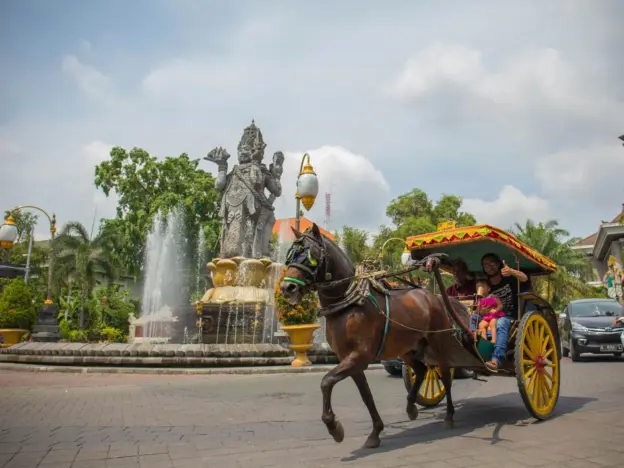
Found on the Indonesian island of Bali, this pony is an incredibly healthy and self-sufficient animal. Their size, strength and stature is more a product of the local needs than any centralized selective breeding programs.
Read more
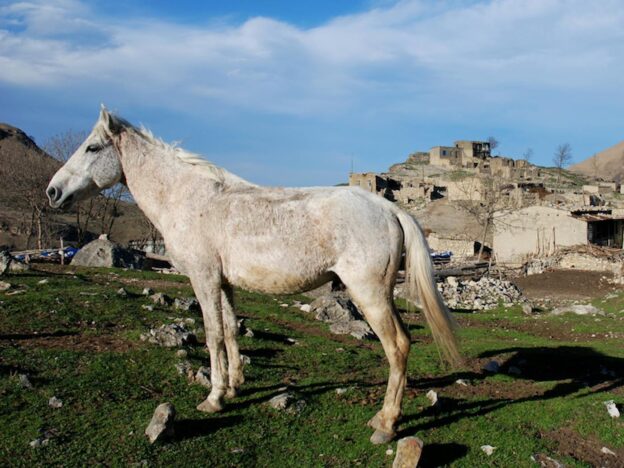
Also called Guba, the Azerbaijan is a saddle horse that comes from regions of Azerbaijan, as well as parts of Georgia and Armenia. This breed has long been native to the area and are well adapted to herd life.
Read more
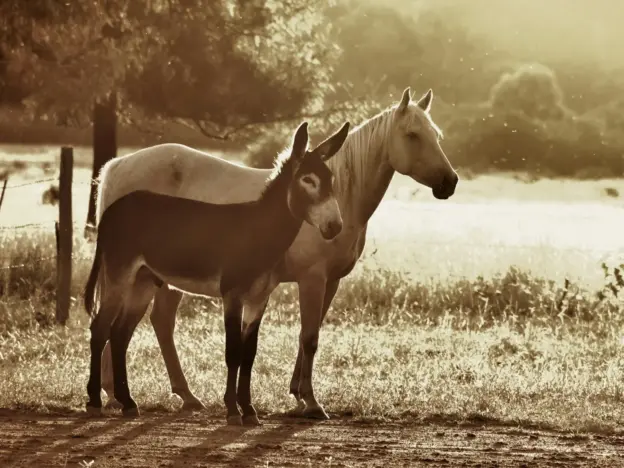
Well-suited for desert climates, Donkeys became an integral part of the transport in Australia up until the 1930’s. In fact, these animals do so well in the Australian climate that their feral numbers have grown to the point of becoming a nuisance.
Read more
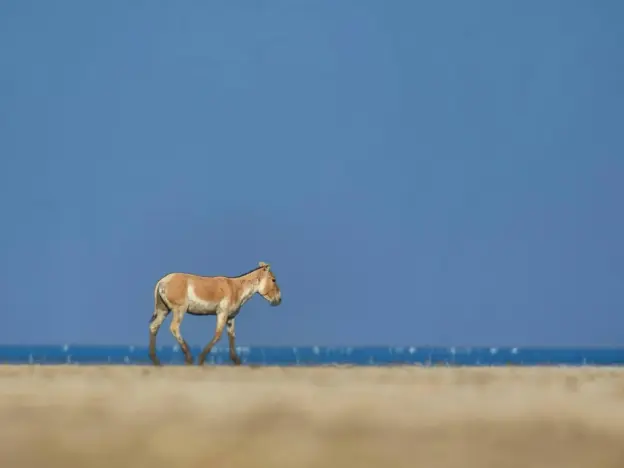
The most horse-like of the ass species, the Asiatic wild ass is now classified as an endangered species.
Read more
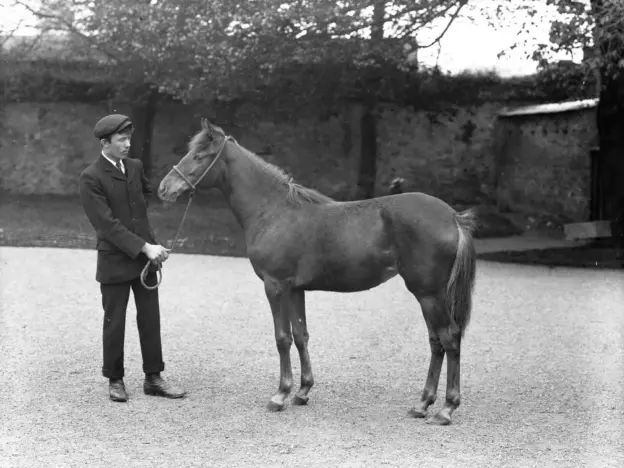
The Arenberg-Nordkirchener is dangerously close to becoming extinct and are listed as critically endangered, with their population numbers in the teens.
Read more